Hello friends,
I found this article about on board diagnostics for your BMW E36 and I thought wow! that’s cool. Unfortunately, I tried to do it on my BMW E36 1993 318is but it didn’t work 🙁 I’m not sure whether I did it right or not, maybe some of you guys will try it. I think it should work, but in my case, I don’t know why it didn’t. Anyway, I shouldn’t forget to thank Jared Fenton, the author of the article. Ready? here it goes:
Disclaimer: Use it at your own risk !!!
Did you know that your BMW 3 Series has an internal diagnostic program built into the computer? Not many people know about this. On the BMW 3 Series, there is a way that you can diagnose common engine problems without having to purchase a code tool or take it to the dealer to have it scanned. This is one of those neat little features of the Service Indicator Computer; the series of lights directly under the tachometer and speedometer that remind you to change the oil and perform service. In this tech article, I will provide you with the procedure for checking the fault codes and what the codes mean. This guide will help you to diagnose any possible problems with your car.
This article is written for both the BMW E30 and E36 3 Series cars (up to 95) and should work on both models where a Service Indicator Computer is used. I will go over the small differences between the early and late cars, as they differ slightly. Keep in mind that this procedure will not work on early cars with Motronic 1.1.
Now on the E30 models, get in the car and put the key in the ignition and turn it to the second turn or �ON� position, but do not start the car. Now, press the accelerator pedal all the way to the floor, then let it release all the way back. Now repeat the depress/release cycle 4 more times fairly quickly, but not too fast. It may take some time to get this timing down correct. It should only take you a few seconds to do this. What this does is activate the wide-open throttle switch and the idle switch 5 times. This then sends a signal to the Motronic ECU to send fault codes to the Service Indicator Light.
On the E36 models, the procedure works the same way, but the timing at which you press/release the gas pedal is faster than on the E30. Just keep at it, and you will eventually get the correct speed.
Watch the �Check Engine� light. It should blink once, and then start blinking a series of four numbers. For instance, say this is a sequence you see� the light blinks once, then twice, then four times and lastly four times. If you read it correctly this means that the SI light is reading out the code 1244 (faulty camshaft sensor) The codes appear as a series of flashes for each digit. The flashes indicating one digit are about one second apart, the next digit will appear after a couple seconds interval. If there are no faults in the car, the computer will flash out the number 1444.
Here is the list of codes and what they indicate.
1211 DME Control Unit
1215 Air Mass Sensor
1216 Throttle Potentiometer
1218 Output Stage, Group 1
1219 Output Stage, Group 2
1221 Oxygen Sensor 1
1212 Oxygen Sensor 2
1222 Lambda Control 1
1213 Lambda Control 2
1223 Coolant Temperature Sensor
1224 Intake Air Temperature Sensor
1225 Knock Sensor 1
1226 Knock Sensor 2
1227 Knock Sensor 3
1228 Knock Sensor 4
1231 Battery Voltage/DME Main Relay
1232 Throttle Idle Switch
1233 Throttle Wide Open Throttle Switch
1234 Speedometer A Signal
1237 A/C Compressor Cut Off
1242 A/C Compressor
1243 Crankshaft Pulse Sensor
1244 Camshaft Sensor
1245 Intervention AEGS
1247 Ignition Secondary Monitor
1251 Fuel Injector 1 (or group 1)
1252 Fuel Injector 2 (or group 2)
1253 Fuel Injector 3
1254 Fuel Injector 4
1255 Fuel Injector 5
1256 Fuel Injector 6
1257 Fuel Injector 7
1258 Fuel Injector 8
1261 Fuel Pump Relay Control
1262 Idle Speed Actuator
1263 Purge Valve
1264 EGO Heater
1265 Fault Lamp (check engine light)
1266 VANOS
1267 Air Pump Relay Control
1271 Ignition Coil 1
1272 Ignition Coil 2
1273 Ignition Coil 3
1274 Ignition Coil 4
1275 Ignition Coil 5
1276 Ignition Coil 6
1277 Ignition Coil 7
1278 Ignition Coil 8
1281 Control Unit Memory Supply
1282 Fault Code Memory
1283 Fuel Injector Output Stage
1286 Knock Control Test Pulse
1444 No Fault Codes
I hope you enjoyed this article and I hope it will work for you.
Wait for more from . . . BMW E36 Blog
Best regards,
Tony Sticks.
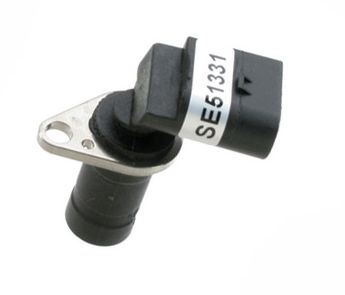
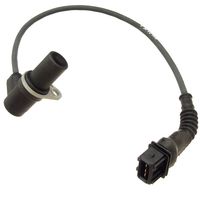
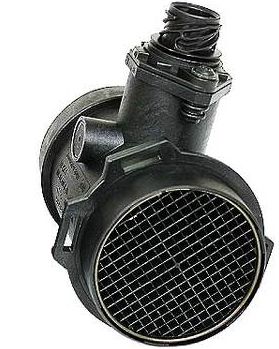
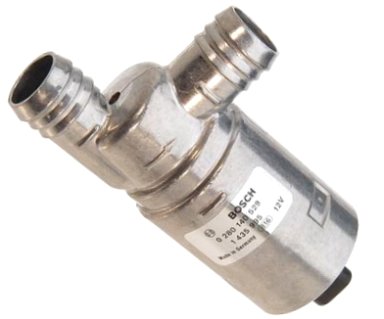

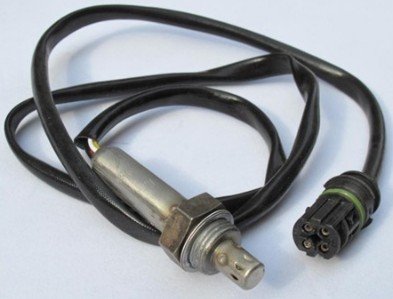
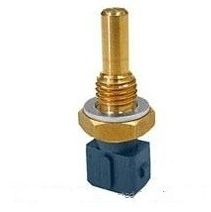
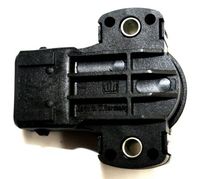


 (4.86 out of 5)
(4.86 out of 5) (4.07 out of 5)
(4.07 out of 5)



